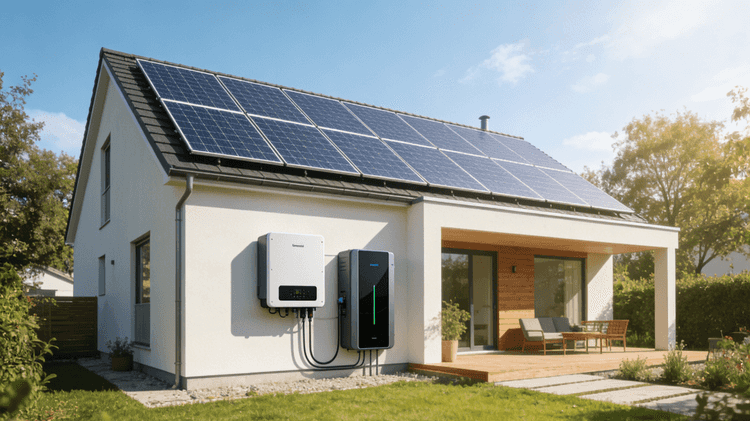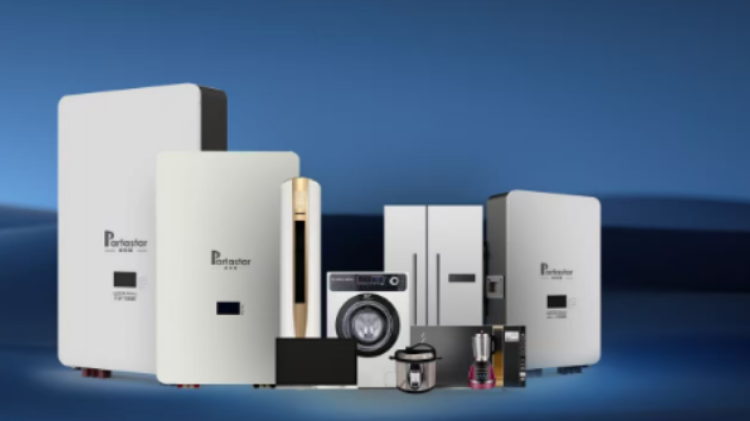In the cold winter, walking in the barren wilderness, a cup of steaming coffee can expel the cold of the field; a warm yellow camping lamp can illuminate the darkness in winter night; a satellite phone can keep the passage of life unblocked.
All of this is inseparable from the portable power station generator, but the question is, how much capacity of the portable power station generator can we buy to satisfy our love for outdoor life in winter?
1. Output power
In the outdoors, each of us has different preferences. Some people are keen on long-distance hiking in the "hard travel" style, and some people are keen on the self-driving of the "light luxury" style RV.
Different preferences have different equipment options. For hiking activities, you need to carry electronic equipment such as mobile phones, cameras, headlights, and GPS; for long-distance self-driving activities, in addition to the above equipment, you must also carry high-power equipment such as drones, rice cookers, coffee machines, ovens, and car refrigerators. To maintain the operation of these devices, the supply of electrical energy is necessary.
There are power banks and portable power station generators for power supplies on the market. The former is mainly used to charge low-power devices; the latter is used to provide electrical energy for high-power devices, which is equivalent to a small "power station". In addition to considering the supply of electric energy, it is also necessary to consider the output power of the power supply.
The output power is mainly the rated power. The rated power of the commonly used portable power station generator is 500W, 1000W, 2000W, etc., which determines whether the power supply can carry electronic equipment. For example, we have an 800W electric oven and want to use it when driving in the wild, but the input power of our portable power station generator is only 500W, so the portable power station generator cannot be driven, and the electric oven becomes a useless "iron lump" .
Only by first satisfying the portable power station generator of the power used by the equipment can we realize our love for outdoor activities, but how long this "love" can last depends on the capacity of the power supply.

2. Battery capacity
Battery capacity is one of the important indicators for purchasing a portable power station generator. mAh (milliampere-hour) and Wh (watt-hour) are the units of marked capacity. The power bank is mostly marked with mAh (milliampere-hour), while the portable power station generator is marked with Wh (watt-hour).
This is because small-capacity devices such as power banks mostly use a single-cell, rated voltage structure, and the mAh label can accurately reflect the "battery capacity", but portable power station generators use multi-cell, series or parallel high-capacity charging equipment , it is inaccurate to use the mAh label. Therefore, the portable power station generators on the market are represented by Wh, which is more rigorous and can reflect "battery energy".
Taking Partastar as an example, it uses the Wh power labeling method, and there are many products such as 500Wh, 1000Wh to 2200Wh. What do the numbers indicating battery capacity mean, are you confused?
We know that 1000Wh is 1 kWh, so the capacity of these three portable power station generators can be interpreted as: electronic equipment that stores 0.5 kWh, 1 kWh, and 2 kWh. If I choose a "0.5 kWh" portable power station generator, what can I do with it outdoors?
Power supply capacity * actual loss (0.9) ÷ equipment power = number of charging times, so that we can roughly estimate the capacity of the required portable power station generator according to the number and power of electronic equipment we use. Of course this estimate is only an estimate. Because in the actual use of portable power station generator, it is affected by factors such as ambient temperature and conversion rate.
3. Power interface
The ports of the portable power station generator are very rich. There are three types of input ports: mains, car charger and solar charger. Solar power is the supplement of the first two charging methods, which can extend the length of our outdoor power supply. Its charging speed is affected by the number and material of plates, sunlight intensity and angle.
For example, the Partastar 100W solar panel adopts high-efficiency monocrystalline silicon, IP67 waterproof and dustproof, realizes the effect of high-efficiency outdoor conversion and high-power power generation, and supports the same charging and discharging, allowing you to plug in the solar panel and use it while charging. .
In addition to the input interface, the portable power station generator also has output interfaces. AC, DC, USB, and Type-C are common output interfaces.
AC output: used for charging computers, fans and other equipment with national standard triangular sockets and flat sockets.
DC output: It is an interface that effectively outputs a fixed voltage after converting the input voltage. Usually used for notebooks, tablets, etc.
Car charger output: used to charge various car equipment, such as car refrigerator, rice cooker, etc.
USB output: used for electronic devices with USB interfaces such as juicers, electric fans, etc.
Type-C output: It is an interface with fast charging technology, which is faster than USB charging. Commonly used in mobile phones, computers, etc.
4. Power cells
If the power of the power supply affects our choice of love for the outdoors, and the capacity of the battery determines the length of our love for the outdoors, then the cells of the power supply protect our love for the outdoors.
We hear reports of electric bicycles exploding when charging, but there are few reports of portable power station generators exploding. Why? The level of safety of the portable power station generator depends on the battery cell, which is the core of the portable power station generator and directly determines the stability and performance of the power supply.
According to different electrolytes, portable power station generators can be divided into liquid lithium-ion batteries and polymer lithium-ion batteries. The most obvious visual difference between the two is the difference between liquid state and solid state; in terms of performance, polymer batteries are viscous. They have better plasticity than liquid lithium-ion batteries, and are safer and more stable. Therefore, high-end power supplies will Using polymer batteries.
The polymer battery is usually named after the material used in the positive electrode. Commonly used positive electrode materials are lithium cobalt oxide, nickel cobalt manganese and lithium iron phosphate.
Among these three types, lithium iron phosphate batteries are widely used in large vehicles such as electric drills, lawn mowers, electric private cars, and buses due to their higher safety performance and cycle life than the other two types, and they are safe and pollution-free The automotive-grade power battery often mentioned in the portable power station generator industry.
This knowledge may sound a bit complicated. If we don’t want to make a lot of troubles for this, the easiest way is to choose a big brand portable power station generator produced by a regular manufacturer like Partastar, or let it be judged by a professional authority , we just need to follow the map and ask for it.



